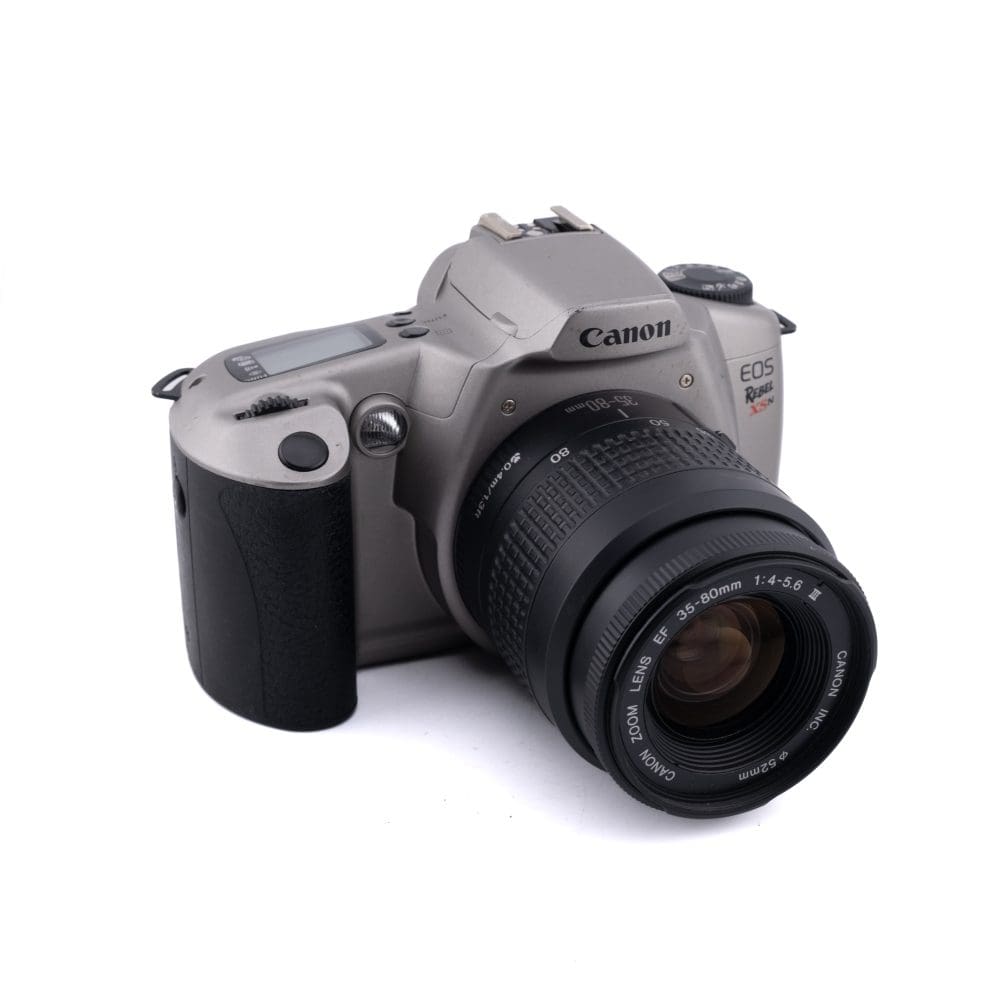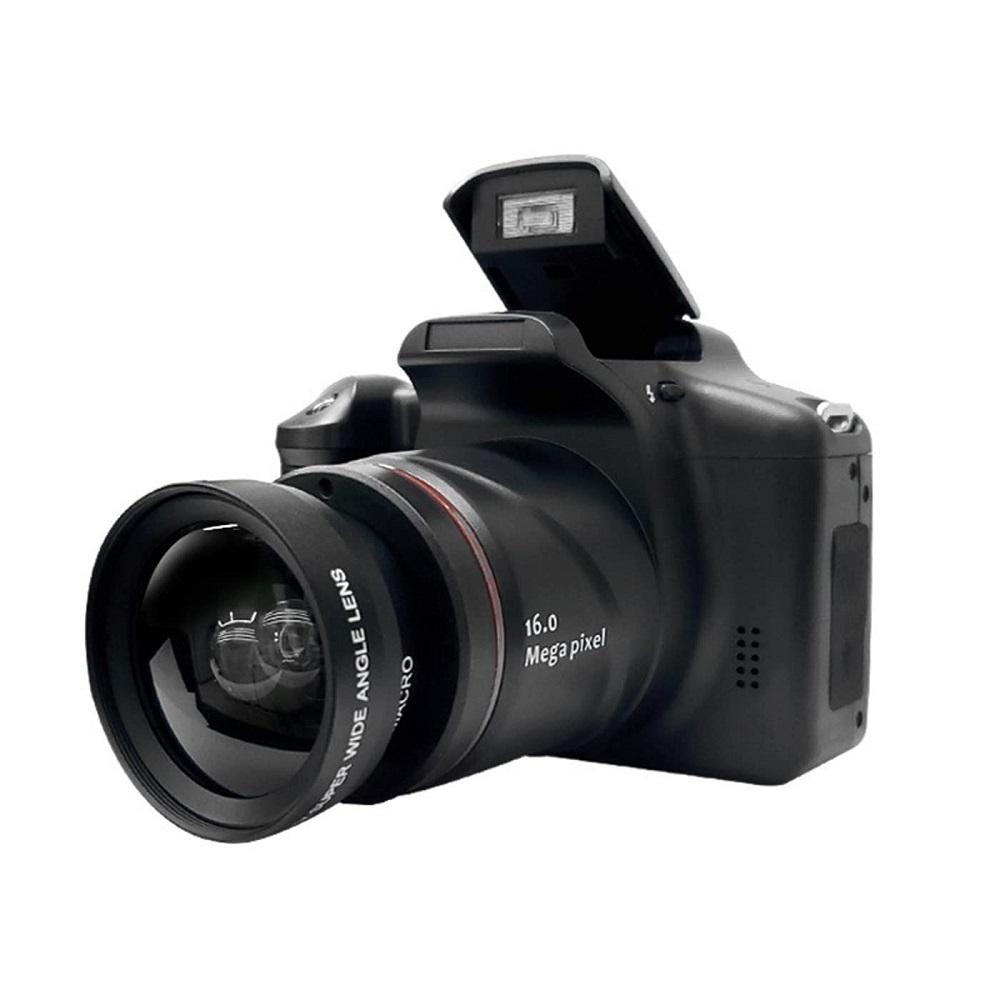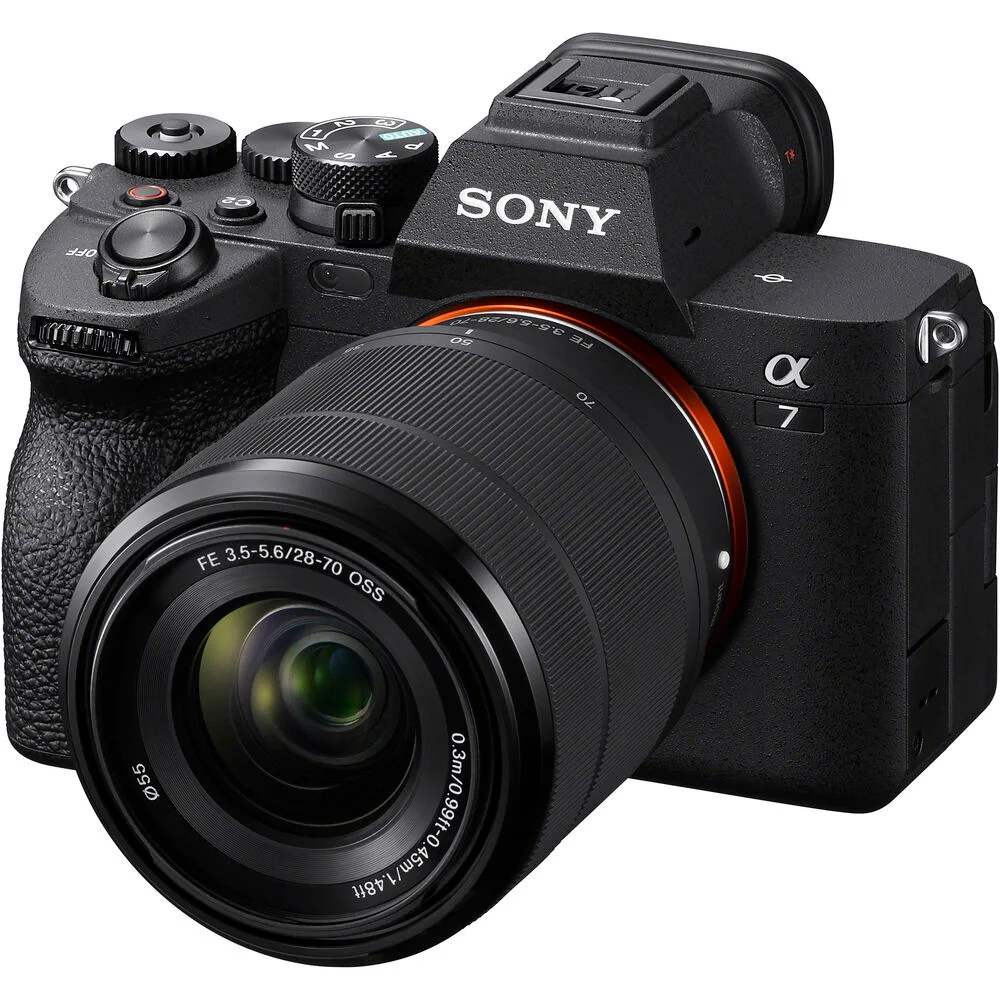Types of Cameras to Consider
What camera should I buy? When diving into the world of photography, figuring out which camera to buy can be daunting. Different types of cameras serve various purposes, and what suits you best largely depends on your photography goals.
Mirrorless Cameras
Mirrorless cameras are the trendsetters in today’s camera market. They offer cutting-edge autofocus, high-resolution video capabilities, and a wide array of lens choices. These cameras lack a mirror reflex mechanism, which makes them lighter, more compact, and quieter than DSLRs. Brands like Sony, Canon, and Nikon have robust mirrorless lineups adaptable for both beginners and professionals.
DSLRs and Their Declining Popularity
DSLRs once dominated the market with through-the-viewfinder shooting and extensive lens libraries. However, their popularity is on the wane. As mirrorless technology surpasses DSLR capabilities, especially in autofocus and video areas, fewer photographers opt for this older tech. Some, like Pentax, still produce DSLRs, but the future is shifting away from mirror-flipping cameras.
Point-and-Shoot Cameras and Their Niche
Despite being overshadowed by smartphones in casual photography, point-and-shoot cameras maintain a niche. They offer better image quality, optical zoom, and manual controls over a phone camera. Models like the Sony Cyber-shot DSC-RX10 IV demonstrate that high-end point-and-shoot cameras still have a place, particularly for those seeking a simple, all-in-one solution. However, for versatility and growth in skills, investing in a mirrorless system might be a wiser choice.

Key Features to Look for in a Camera
Choosing the right camera involves understanding key features that enhance photography and videography. Here, we delve into crucial elements:
Lens Compatibility and Selection
Selecting a camera isn’t just about the body specs; it’s also about the lens options available. Lens compatibility and the variety of lenses you can use can greatly influence your photography skills and results. Brands like Sony, Canon, and Nikon offer extensive lens libraries, allowing users to explore various photographic styles and techniques. Whether you’re into landscapes, portraits, or macro photography, the ability to attach diverse lenses makes a camera system more valuable.
Autofocus and Image Stabilization Technologies
Autofocus (AF) technology is vital for capturing sharp images, especially in dynamic or unpredictable environments. Cameras with fast and reliable AF systems help photographers maintain focus on moving subjects, ensuring clarity and detail. Additionally, image stabilization (IS) technology compensates for hand movements, crucial for low-light conditions and telephoto shooting. These technologies are particularly important in mirrorless cameras, which dominate the market with their advanced AF and IS capabilities.
Video Recording Capabilities
With the rise of vlogging and content creation, video capabilities in cameras have become a key purchasing factor. Look for cameras that support 4K or even 8K recording to future-proof your purchase. High-resolution video, combined with features like slow-motion and time-lapse, opens up creative possibilities for filmmakers and content creators. It’s also important to consider cameras with good heat dissipation to avoid overheating during extended recording sessions.
The Top Camera Brands and Models to Consider
When you’re ready to invest in a camera, choosing the right brand and model is crucial. Sony, Nikon, and Canon are the industry leaders offering a range of options that cater to both beginners and professionals.
Evaluating Sony, Nikon, and Canon Options
Sony’s lineup, known for its mirrorless cameras, includes the versatile a7 III and the compact a6700, both offering 4K video and robust autofocus systems. Nikon’s Z series, like the Z6 II, provides excellent image quality with the added advantage of Nikon’s lens heritage. Canon’s EOS R series, such as the R8 and R7, combine Canon’s lens expertise with advanced mirrorless technology.
While Sony cameras are synonymous with top-tier sensors and complex menus, Canon’s draw is high-quality in-house lenses and intuitive controls. Nikon is the wild card, offering unique benefits after its acquisition of RED, hinting at potential video-centric innovations.
Budget-Friendly and High-End Camera Choices
There’s a wide price range to consider. For under $1,500, you can find models like the Canon EOS R7 or Nikon Z50, leaving room for lens purchases. On the high end, models like the Sony a7 III provide professional-grade features and performance.
Budget-friendly choices need not compromise on quality, with many models featuring 4K video, advanced autofocus, and mirrorless benefits. However, investing in higher-end cameras can ensure longevity and access to future technological advancements.
Keep in mind that the best camera is one that meets your needs, fits your budget, and offers room to grow as a photographer. It’s worth exploring various models and brands to find the perfect fit for your photographic journey.

Buying Used Cameras
What camera should I buy? When shopping for photography equipment, buying used cameras can be a smart move. Pre-owned gear can offer considerable savings while still providing high-quality performance. It’s especially appealing for beginners or those on a tight budget who want to stretch their dollars.
Advantages and Considerations
Purchasing a used camera comes with notable advantages. First off, it’s cost-effective – you can often find high-end models at a fraction of their original price. Additionally, used equipment that’s well-taken care of can perform just as well as new ones. But there are things to keep in mind. Always check the camera’s condition, including the shutter count, which indicates how much it has been used. Consider warranty availability; some sellers offer a limited warranty even for used items. And remember, while wear and tear are normal, extensive damage could be costly.
Reliable Sources for Purchasing Used Equipment
Where you buy your used camera is crucial. Trustworthy sources include reputable camera stores, certified refurbishment programs from manufacturers, and well-known online marketplaces that provide buyer protection. Sellers like B&H Photo, Adorama, MPB, and KEH Camera are renowned for quality used equipment. Manufacturer refurbishment programs are another safe bet. They often offer like-new condition cameras with a warranty, at reduced prices. Avoid unknown sellers and deals that seem too good to be true to prevent scams. Choose carefully to ensure you get a dependable camera without the new-item price tag.
The Role of Camera Sensors and Technology Advances
How Sensor Size Impacts Image Quality
Sensor size in cameras is a key factor affecting image quality. Larger sensors capture more light, improving image clarity and detail. They also offer a shallower depth of field, which is great for portraits with blurred backgrounds. Smaller sensors, such as those in smartphones, have their place too. They make cameras compact and are enough for everyday photos. Yet, for professional use or low-light conditions, bigger sensors have the upper hand.
In the past, full-frame and medium format sensors were the go-to for quality. Now, technology lets even smaller sensors produce stunning results. Brands have improved their lens and sensor designs, nearly closing the gap. For most photographers, today’s sensors are more than capable. Choose a camera that supports the lenses you want within your budget. Sensor size is just one consideration.
Technological Innovations in Recent Cameras
Cameras now come with remarkable tech advancements. Mirrorless cameras boast features like real-time eye autofocus and animal detection. This advanced autofocus ensures your subject is always in sharp focus. In-body image stabilization (IBIS) allows for steadier shots, even without a tripod.
Firmware updates are another innovation. They can add features to your camera after purchase, extending its lifespan. High-resolution video recording is now common, and cameras like the Sony a7 series even offer 8K.
Each brand has its own tech specialties. Sony is known for sensors and intricate menus. Canon has first-rate lenses and user-friendly controls. Nikon, after acquiring RED, might bring game-changing video tech. The right camera is one that meets your needs, fits your budget, and leaves room for you to grow.

When and Where to Buy Cameras
Deciding on the right camera is just the beginning. Knowing when and where to purchase can save you money and ensure you get a product backed by the manufacturer’s warranty.
Timing Your Purchase for Best Deals
Scoring the best deals requires a bit of planning. Traditionally, holiday seasons like Black Friday through Christmas see significant discounts. However, camera manufacturers and retailers may also offer sales at other times of the year. Keep an eye on special promotions, especially during new product launches or end-of-season clearances. These periods can offer excellent opportunities to buy cameras at reduced prices.
Trusted Retailers and Avoiding Gray Market Items
Purchasing from reputable retailers is critical. Well-known stores like B&H Photo and Adorama are solid choices. These sellers offer genuine products with manufacturer warranties. Be cautious of unknown online sellers offering prices that seem too good to be true. They might be selling gray market items. These are products intended for sale in a different country, and they often don’t carry a valid warranty. To ensure you get a camera with full support, avoid these gray market deals. Buy from trusted sources or directly from the camera manufacturer whenever possible.
